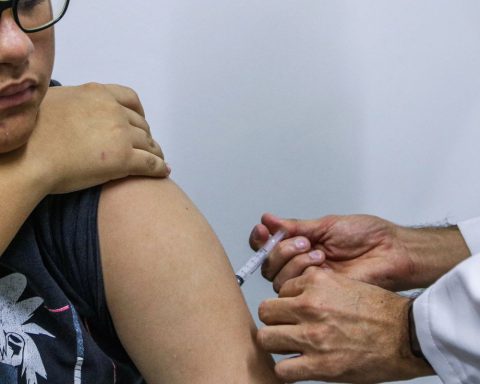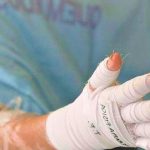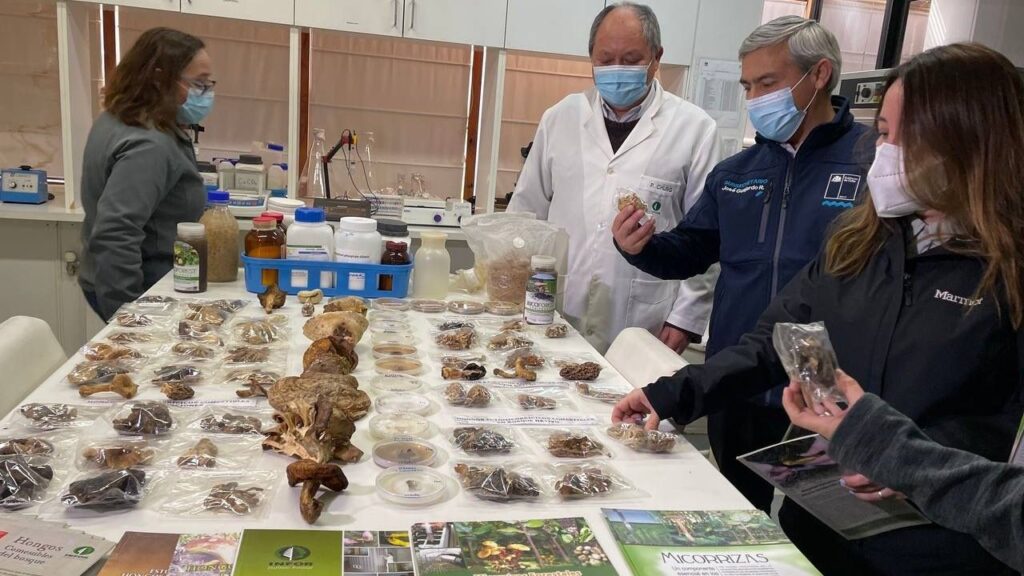A male teenager who had contracted rabies in the Federal District could not resist the disease and died yesterday (30). He had been admitted to a private hospital since June 20.
“All the necessary measures of epidemiological investigation, control and prophylaxis were taken with family members, close contacts and health professionals”, informed the Health Department of the Federal District.
Caused by a virus, rabies is a zoonosis that can affect several mammals, but the main species involved in the disease cycle are dogs, cats, bats, foxes, wild dogs and marmosets. It is transmitted to humans through the saliva of infected animals, mainly through biting, scratching or licking.
The disease is almost always fatal and is characterized by progressive encephalitis, leading to inflammation of the brain.
Brazil, however, has been effective in controlling and occurrences have been sporadic. According to the historical series available on the Ministry of Health website, 45 cases have been recorded across the country since 2010. There were only two cures. In the Federal District, there were no cases recorded in the last 12 years.
rabies vaccination
The annual rabies vaccination of dogs and cats throughout the national territory is the main strategy to combat the disease. It is provided for in the National Rabies Prophylaxis Program (PNPR) created in 1973. The results were decisive for the reduction of cases of the disease. In 1999, the country registered 1,200 dogs with a positive diagnosis. In 2020, there were only 11. The goal is to keep at least 80% of the canine population vaccinated. In the last two years, however, coverage has decreased as some states and municipalities have suspended animal immunization campaigns due to the covid-19 pandemic.
Another important measure is focus blocking: whenever there is a suspected case, all dogs and cats within a radius of at least 5 kilometers must be vaccinated within 72 hours. There are also pre-exposure prophylaxis measures that basically consist of vaccinating more exposed groups. Among them are veterinarians, veterinary students, people who carry out research or work involving the capture or handling of mammals, cavers, ecotourism guides and other professionals who have activities in risk areas.
The general population should be advised never to touch bats or other wild animals directly, especially when they are lying on the ground or found in unusual situations. It is also not convenient to approach stray dogs and cats, as well as not moving or touching them when they are feeding, sleeping or with their young or even sleeping.
According to the Health Department of the Federal District, since the confirmation of the adolescent’s infection, different measures have been taken to prevent new cases, including blocking the focus and anticipating the animal vaccination campaign. The folder reported that more than 120,000 dogs and cats have been immunized.
aggressor animal
The DF Health Department did not disclose how the teenager was affected by the disease. In a survey by the Ministry of Health, of the other 44 cases registered in the country since 2010, nine were infected through a dog, 22 from bats, four from non-human primates, two from foxes and four from felines. In three cases, it was not possible to identify the aggressor animal.
In the last 12 years, the highest number of cases was recorded in 2018. There was, at the time, an outbreak in the municipality of Melgaço (PA), affecting 10 people, all with bats involved in transmission. With one more case in Ubatuba (SP), there were 11 in all.
Throughout the historical series started in 2010, only in 2014 was no case recorded. In addition to the teenage victim in the Federal District, four other people have already died due to complications with the disease in 2022: all were adolescents and indigenous children from the municipality of Bertópolis (MG).
diagnosis and treatment
In case of an accident with animals, it is recommended to immediately wash the wound with running water and soap and seek assistance as soon as possible for guidance. The doctor may indicate the need for post-exposure prophylaxis, through the application of vaccine or serum.
If these measures are not adopted in a timely manner, the disease sets in. The incubation period has an average of 45 days. From this period on, the first symptoms appear, such as general malaise, fever, headache, nausea, sore throat, irritability, restlessness and a feeling of anguish. Subsequently, the infection progresses with more acute manifestations that may involve increasing anxiety and hyperexcitability, delusions, muscle spasms, and convulsions.
Confirmation of the disease is made by laboratory examination. There is a protocol for the treatment of rabies, based on the induction of a deep coma, the use of antivirals and other specific medications. However, the survival rate is low.


















